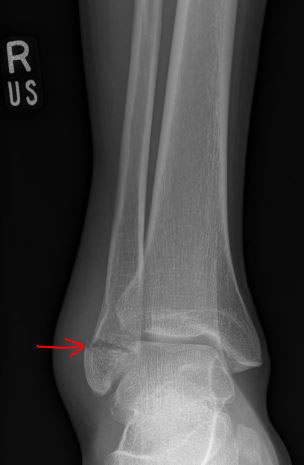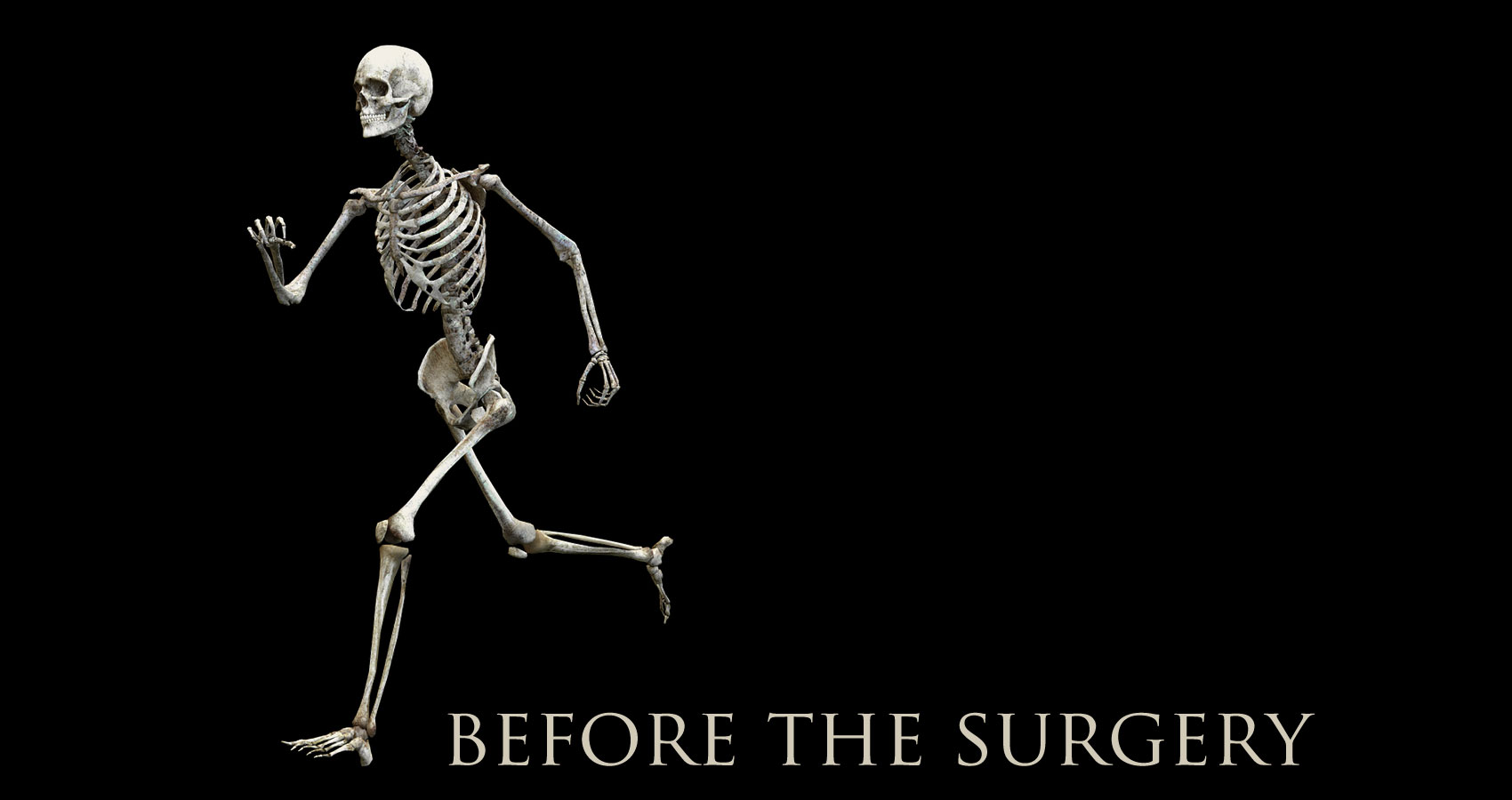On breaking a leg during a pandemic:
Reflections of a doctor-turned-patient
Part I – Before the Surgery
written by: Asad Mian
@amian74
 The English language is bizarrely replete with phrases that are fundamentally counter-intuitive to their intended meanings. ‘Break a leg’ is one such phrase that has always irked me, given its illogical nature. It’s meant to wish someone good luck just before they perform on stage (drama, music, dance, etc.). How can breaking a leg be good luck, you ask? Now if you believe the nebulous and oft disputed etymology of the phrase, per one version, it originated when a backup actor wished the main actor good luck by telling him to break a leg because he wanted the latter to actually break a leg so that the former could get a chance to perform in the play. How twisted is that?
The English language is bizarrely replete with phrases that are fundamentally counter-intuitive to their intended meanings. ‘Break a leg’ is one such phrase that has always irked me, given its illogical nature. It’s meant to wish someone good luck just before they perform on stage (drama, music, dance, etc.). How can breaking a leg be good luck, you ask? Now if you believe the nebulous and oft disputed etymology of the phrase, per one version, it originated when a backup actor wished the main actor good luck by telling him to break a leg because he wanted the latter to actually break a leg so that the former could get a chance to perform in the play. How twisted is that?
Another version attributes the phrase to the assassination of Abraham Lincoln by the infamous actor John Wilkes Booth who literally broke his leg when he jumped from the upper box seat onto the theater’s stage after shooting the President.
I digress, but how is the above relevant to my story? Well, read on….
It started during the lockdown and quarantine phase of COVID-19. In order to keep sane, I had settled to a nice daily exercise routine: 2.5 km of outdoor running followed by 15 minutes of creative movement (aka Zumba-like dancing, to be precise).
“You need to slow down, you are no longer 16 years old,” said the in-laws from the safety of their terrace, practicing social distancing as they saw me sprint across their apartment building.
“You aren’t certified for Zumba,” said the wife, as she saw me do my pseudo-Zumba routine at home.
I failed to pay heed. Likely because I was genuinely enjoying the exercise routine, irrespective of its imperfection and despite family members feeling that I was pushing myself too much.
On the eventful Sunday morning before leaving for my ER shift I had the urge to work out. Given the added stress during these coronavirus times, I felt particularly motivated to do so as I was convinced that it would put my mind and body positively attuned to fight against COVID-19 in the long ER shift up ahead of me.
It was too hot to run outside so I decided on just the 15 minutes Zumba at home. Proper shoes and exercise attire were followed by adequate stretching and then my Zumba routine started. By then I knew quite well the steps to the popular bhangra song “London Thumakda”. As the song progressed, so did my moves, and I imagined I was performing on stage with a dance troupe. It was at the grand finale of the song – when the singer crooned “Oh ballay ballay”- that I jumped, rather energetically, higher than normal, perhaps. It wasn’t the going up that mattered. While coming down, what I didn’t realize was that my right ankle was bent and I forcefully landed on that twisted ankle instead of on the sole of my right foot.
Crack! I heard that. And I knew I had damaged something and that it wasn’t going to be merely a sprained ankle. Within minutes my excruciatingly painful ankle had swollen to the size of a tennis ball. Ironically, yours truly – the ER attending on-call – landed up in the ER as the patient, in the fullest sense of a blunt trauma-related emergency.
Being there during COVID-19 was like a nightmare coming true; not as the Chief of ER nor care provider, but as a patient. Honestly speaking, I didn’t want to be there as a patient during the pandemic, given the high likelihood of exposure to coronavirus in any hospital. Although I was taking strict precautions including an N95 mask for respiratory protection, I would’ve been much happier being there as the ER attending rounding on my patients versus being rounded upon by the ER team.
“What if I hadn’t been working out? This wouldn’t have happened. What if coronavirus had not been ravaging the world, then I wouldn’t have gone insane during the lockdown and I wouldn’t have been so obsessive about working out. Then this wouldn’t have happened…”
Lying there on a stretcher in a corner of the ED, trying to tackle such rhetorical and circular questions, I was merely correlating my accidental injury with COVID-19, knowing empirically well that correlation did not prove causation.
While reflecting on my predicament, as an immobile observer I realized that being a patient in the same ER that one worked for, provided me an interesting vantage point. I observed that the team of healthcare providers including nurses, doctors, and ancillary staff were very gracious in patient-centric care provision, for which I was immensely grateful. Whether the enhanced care was simply because of my departmental ‘status’, and thus a confounding factor, I couldn’t say.
After one of the nurses placed an intravenous line, adequate dosages of pain medications were quickly administered; in tandem, another nurse placed a large bag of ice on my elevated ankle to help reduce the swelling; X-rays were swiftly obtained and orthopedics (or orthopods henceforth) consult called.
After the X-rays, I didn’t have to wait long for the orthopods to come to see me.
“Sir, I am with the ortho team. You have a fracture in the lateral aspect of your right ankle; it involves the distal fibula. We recommend surgical intervention”. This was reported to me by the orthopedic resident after conferring with his attending.
And thus, my worst COVID-19 pandemic-related hospital-based fears were realized. Not only was I going to require further time in the hospital, but it also seemed like my recovery was going to be much longer than initially anticipated.
It wasn’t just a sprained ankle secondary to ligamentous injury, as I had initially hoped, but a real broken leg.
I had taken the English idiom a bit too seriously.
To be continued…
- Luna v. Macavity - April 8, 2023
- Insomniac’s Dream – Wonderland - December 28, 2021
- Insomniac’s Dream – Communion - October 5, 2021



